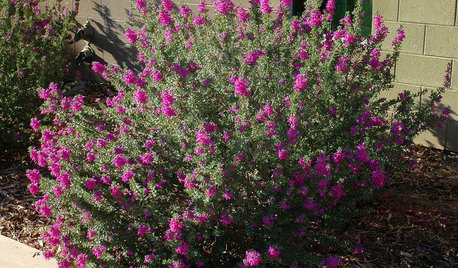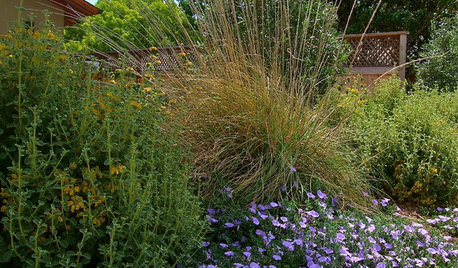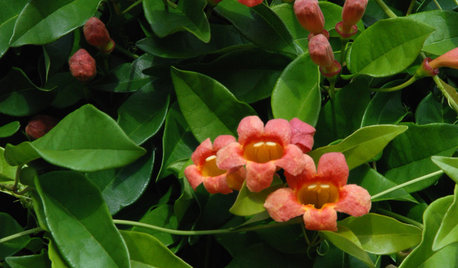Article on butterfly conditions in Texas
linda_tx8
11 years ago
Related Stories

GARDENING GUIDESGreat Design Plant: Texas Ranger Explodes With Color
If purple is your passion, embrace Leucophyllum frutescens for its profusion of blooms and consider the unfussiness a bonus
Full Story
GARDENING GUIDESGreat Design Plant: Butterfly Milkweed, a Beacon in the Prairie
Vivacious orange flowers for you, nectar for the butterflies and bees. Asclepias tuberosa is worth planting for more reasons than one
Full Story
GARDENING GUIDESGreat Design Plant: Asclepias Incarnata for a Butterfly Garden
Beautiful swamp milkweed makes it easy to help monarchs and other pollinators in eastern U.S. gardens
Full Story
GARDENING GUIDES6 Plants That Beat Butterfly Bush for the Wildlife Draw
It's invasive, a nonnative and a poor insect magnet. Check out these better alternatives to butterfly bush in the garden
Full Story
GARDENING FOR BUTTERFLIESBe a Butterfly Savior — Garden for the Monarchs
Keep hope, beauty and kindness alive in the landscape by providing a refuge for these threatened enchanters
Full Story
GARDENING FOR BUTTERFLIESButterfly Gardening: Delight the Eyes With Living Sculptures
Surprise and thrill with a garden that attracts magical winged creatures, bringing color, movement and life
Full Story
GRASSESGreat Design Plant: Deer Grass
Give wildlife a snack and give yourself a break — this food-source grass is easygoing in many climates and conditions
Full Story
GARDENING GUIDESGreat Design Plant: Butterfly-Friendly Crossvine
Colorful climber gives gardens a boost year-round with bountiful blooms
Full Story
LIFE6 Ways to Cool Off Without Air Conditioning
These methods can reduce temperatures in the home and save on energy bills
Full Story
GARDENING GUIDESTexas Gardener's June Checklist
Win the battle against heat and drought with these plant picks and extra effort, for a garden that reigns supreme in summer
Full Story






MissSherry
linda_tx8Original Author
Related Professionals
Seabrook Landscape Architects & Landscape Designers · Canton Landscape Contractors · Hartford Landscape Contractors · Canyon Lake Landscape Contractors · Ellensburg Landscape Contractors · Emmaus Landscape Contractors · Fairhope Landscape Contractors · Palatine Landscape Contractors · Pompano Beach Landscape Contractors · Merrifield Landscape Contractors · Albany Fence Contractors · Fallbrook Fence Contractors · Laguna Hills Fence Contractors · Peoria Fence Contractors · Central Islip Window Contractorssusanlynne48